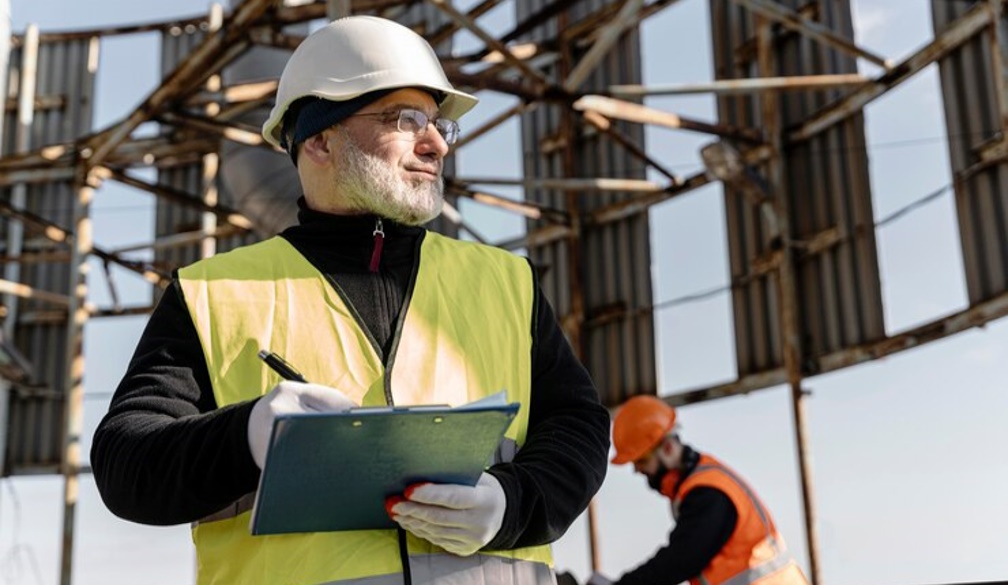Construction Site Best Practices: 3 Tips for Your Business

Running a construction site comes with a lot of moving parts—literally and figuratively. Between making sure the project stays on track, keeping workers safe, and protecting valuable equipment, there’s a lot to manage.
To help things run smoothly, here are 3 best practices you’ll want to follow to keep your business operating efficiently and safely.
Put Safety First—Always
Safety on a construction site isn’t something you can take lightly. There’s a lot that can go wrong, and one small oversight can lead to serious accidents or delays. If you’re running a construction business, you want safety to be the top priority, every single day.
Make sure all your workers know how to properly use personal protective equipment (PPE)—things like helmets, gloves, and harnesses. It’s also a good idea to hold regular safety meetings to go over any potential risks and to refresh everyone’s knowledge of safety protocols.
Staying compliant with safety regulations is another big deal. So, make sure you’re always up to date on the latest local and national safety standards, and keep a checklist handy to review regularly.
Don’t Overlook Site Security
Security might not be the first thing that comes to mind when you think about construction, but it’s huge. Equipment theft and vandalism can be costly and throw off your entire project. That’s why having a solid security plan in place is crucial.
Start with the basics: good fencing, a solid gate, and adequate lighting. For larger sites, installing a construction site security system or even hiring security personnel will give you some extra peace of mind.
Controlling who has access to the site is important, too. You don’t want random people wandering onto your construction site. Use ID badges, sign-ins, or security checkpoints to keep track of everyone coming and going.
Get Smart About Resource and Labor Management
Managing your resources—both materials and workers—is key to making sure your construction site stays on schedule and on budget. You don’t want to deal with delays because you’ve run out of materials or because your team isn’t working efficiently.
Before you even start, create a detailed plan that outlines exactly what materials and labor you’ll need at every phase of the project. This helps prevent over-ordering or having a shortage of supplies when you need them the most. Keep in close contact with your suppliers, and make sure deliveries are scheduled on time.
When it comes to labor, using scheduling software can help. And assign tasks clearly so everyone knows what they should be doing, as well as track progress to keep things moving efficiently.
Running a successful construction site means juggling safety, security, and resource management all at once. By focusing on these three areas you’ll be able to keep your project on track and your business running smoothly.







